While ridiculed by many as a flop and often misunderstood as a product, Apple Watch has very successfully worked to turn around the fortunes of Apple's Other Products segment, essentially becoming the modern iPod for the next decade. Here's how.
iPod: a tethered Mac peripheral
Almost fifteen years ago, Steve Jobs introduced iPod, a self contained "pod" for taking music from your Mac's iTunes library along with you. While music playback was its primary feature, iPods also let users carry a synced copy of their contacts and calendar, then gained photo support, video playback and eventually the ability to play simple games in 2006.
As a product, iPod took nearly four years to develop into an outstanding smash success. After four years of blockbuster iPod sales, Apple applied many of the manufacturing lessons it had learned from building mass market iPods to produce the first iPhone in 2007, which unlike earlier iPods ran a scaled down version of Apple's desktop Mac OS, using a mobile-optimized UI with the ability to run powerful "desktop class" native apps.
Even as iPhone sales rapidly grew, Apple kept developing new iPods in parallel. The iPod nano, first released in 2005, shrunk down into a "fat" 3G form factor in 2007 with video playback capabilities.
After returning to its original stick design for the next two years, Apple reintroduced a compact, new square 6G iPod nano in 2010 (below), featuring a touchscreen display similar to the iPhone and iPod touch (albeit not running iOS).
"It's so small," Steve Jobs announced, "we're able to put a clip on it too, so it's instantly wearable."
The new wearable iPod nano let users tap and swipe the display for navigation, and Apple also focused attention on its fitness tracking capabilities, oriented around an accelerometer for tracking steps.
The original Apple watch was an iPod nano
Third parties— not Apple— created the first watch band for the 6th generation iPod nano. However, the next year Apple not only noticed the brewing popularity of wearing the new iPod nano as a watch, but also embraced it.
Phil Schiller, then Apple's senior vice president of Worldwide Product Marketing, introduced a refreshed 6G iPod nano in 2011, noting the availability of third party wrist bands and stating that the company "thought that was really fun," so it added 16 clock faces users could choose between when wearing it as a watch.
"Why not, right?" Schiller asked the crowd.
The next year, however, Apple abruptly discontinued the watch-like iPod nano and replaced it with a new model that looked like a shrunken down iPhone, featuring basic apps (lacking an App Store) that appeared as round icons (and still not running iOS). Apple continues to sell that 7th generation iPod nano model, which first introduced in 2012.
The case of the disappearing iPod nano watch
The 2012 realignment of iPod models appeared— at the time— to be a simple refocusing of resources on iPhone and newly introduced iPad models. Interest in basic iPods had already started to wane. Sales of iPods had peaked around 2009, and the majority of remaining demand focused upon the iOS-based iPod touch, a model that helped convince many feature phone users— along with Symbian, Blackberry and Windows Mobile users— to upgrade to an iPhone with the same UI and features.
However, if you listen to what Apple executives later said about Apple Watch, you'll note that its development began "years" before its announcement in September 2014.
Apple hired Adobe's chief technology officer Kevin Lynch in early 2013, but at that time, little was known about what he'd be doing apart from the fact that he had significant experience in user interface design.
Lynch had worked on UI for such apps as FrameMaker and Dreamweaver, and prior to that, developing user interface elements for early mobile devices at General Magic (a portable computing company Apple spun off in 1990 to focus its efforts on the Newton Message Pad) as well as platform development experience related to Adobe Flash middleware.
Shortly before Lynch was hired in early 2013, Apple announced an executive shakeup at the end of 2012 that resulted in the ouster of Scott Forstall as the head of iOS development. It also resulted in the creation of a new Technology group led by executive hardware guru Bob Mansfield, who had previously announced plans to retire that year.
Tim Cook had initially retained Mansfield in an advisory role (referring to him as "the top silicon expert in the world"), then convinced Mansfield to stay for at least another two years to lead Technology; Lynch later noted that he had been hired to report to Mansfeld before even knowing what he'd be working on. It was, of course, Apple Watch, which had been conceptualized but not yet even reached hardware prototyping.Apple began realizing the potential of a watch wearable in 2011, and that evolved into an understanding that it would need to be more than an iPod nano strapped to the user's wrist
The timing of these events makes it clear that Apple began realizing the potential of a watch wearable in 2011, and that evolved into an understanding that it would need to be more than an iPod nano strapped to the user's wrist.
While iPod had started out as a Mac-tethered peripheral for syncing music and other content on the go, by 2011 it was clear that the entire future was going mobile, and that a desirable wearable product would need to do more than just carry music and do the same kinds of fitness tracking that a phone could do by itself.
The wearable iPod of the future would need to start off tethered to iPhone, and would need to perform key tasks better than an iPhone could by itself. As a watch, it would need to be able to compete for attention against existing fashion watches, not merely be a block of technology strapped to the wrist of a minority of tech enthusiasts.
Metamorphosis of the wearable iPod
Rather than incrementally developing iPod nano into a watch in public view, Apple reverted to selling an embellished version of its original iPod nano form factor and took its watch development behind closed doors. It developed a series of technologies required to release a new iPod-like wearable as a real watch, one that a broad spectrum of users would want to wear, rather than just a subset of early technology adopters.
That included materials and manufacturing capabilities used by the premium watch industry, along with the development of a series of bands spanning the gamut from fashionable and classy to casual and athletic, in order to draw broad appeal. By offering a range of watch band types in a shifting palette of colors, Apple could also create a cyclical new fashion-oriented set of accessories that Apple Watch users could regularly buy, far more frequently than they might replace their watch outright.
Apple Watch also leveraged the work already done to bring the Mac OS platform to iPhone. Just as iOS devices required a clean UI rethinking and an overhaul of how apps would work on a smaller, mobile, always-networked device, Apple Watch created new interface conventions required to deliver a wrist worn computer with a usable interaction model that could provide information at a glance. That was necessary both because it's tiring to hold your arm up for an extended period of time, and because of the limitations inherent in a battery-driven computer running a powerful operating system.
The original Apple Watch makes a series of engineering design choices intended to achieve all day battery life, while still supporting sophisticated features that basic iPods lacked, including the Bluetooth-based Continuity features that first debuted at WWDC 2014, just months before Apple Watch was launched.
The combination of high end materials, water resistance, heart monitoring fitness tracking and Bluetooth Continuity for remotely answering your phone, replying to text messages, sending Digital Touch, following Maps directions, getting notifications, transacting with Apple Pay and accessing Siri resulted in a product that generated significant interest at prices ranging from $349 to $1099 (not counting the high end, solid gold Edition models priced between $10,000 and $17,000).
The much simpler iPod nano had been selling for $129-149— in increasingly smaller volumes— back in 2011. In its first year, Apple Watch (according to Canalys estimates) sold 12 million units, comparable to the number of Macs Apple sold over those three quarters, or nearly as many units as the total number of iPods sold in 2014, the year before Apple Watch went on sale.
In fiscal 2015, Apple stopped reporting iPod unit sales, and began grouping them together with other products like Apple TV, accessories and the new Apple Watch. That same year, Apple's other products segment reversed its trajectory from a 17 percent annual decline to 20 percent annual growth, largely due to the reinvention of the iPod nano into today's Apple Watch.Apple's other products segment reversed its trajectory from a 17 percent annual decline to 20 percent annual growth, largely due to the reinvention of the iPod nano into today's Apple Watch.
Apple stopped breaking out unit sales within its Other Products category to prevent rivals from realizing the value of what it had done, making it harder for them to know what products they should be copying.
Apple's obfuscation has also been assisted by IDC, which predictably rushed to report that Apple Watch has low "market share" when compared against Fitbit devices that sell at an ASP of $88, and millions of Xiaomi Mi Bands, a "wearable" that sells for $25 ($13 when on sale).
Last spring IDC press releases outrageously claimed that the Apple Watch market entry generating $1.44 billion in a quarter was merely "within striking distance of the market leader," when Fitbit actually had revenues of just $390 million. It also claimed Apple Watch was about on par with Xiaomi, which had at most collected $77 million.
While apparently intended to make Apple Watch look bad, IDC's tireless work to emphasize worthless data while minimizing the most significant information in the press releases it generates for public consumption appears to have blunted rivals' interest in aggressively pursuing the smartwatch market, giving Apple more breathing room to dominate the real market while competitors seek to dump out large numbers of low end wrist strap "wearables" with little potential value.
Apple Watch a sign of a responsive, prudently risk taking company
Apple's executives— and in particular Cook— have famously noted that the company doesn't fear cannibalization, and instead embraces change rather than seeking to resist clear demand trends in an effort to maintain a status quo. It is well known how the company migrated its focus from iPod to iPhone, for example, and today it offers iPad Pro models without any apparent political infighting between an iPad group and a separate Mac division.
When it launched Apple Watch, many observers wondered why the company had spent significant efforts developing a single new product, one that didn't appear to have the same unit sales potential as iPhone or even iPad. Looking at the origin of Apple Watch, it becomes more clear that it is closer to being a revamped continuation of iPod than an entirely new concept.
Further, rather than being a huge, high risk, speculative investment, Apple Watch borrows heavily from Apple's existing core competencies and technologies, while also necessitating the creation of prerequisite technologies that benefit its other product lines, including Continuity and Apple Pay.
Apple Watch also taught the company how to sell a new class of products, one that is equal parts fashion and technology, and which requires a different type of retail experience. Those lessons will help the company venture into new markets. Automotive sales are far closer to the sales model of luxury watches than selling boxes of electronics.
And finally, Apple Watch holds true to the philosophy of Steve Jobs, who once stated, "I think if you do something and it turns out pretty good, then you should go do something else wonderful, not dwell on it for too long. Just figure out what's next."
Apple could have held onto the past and kept spinning its wheels introducing a broad portfolio of new, slightly different iPod models. Instead, it has moved on with a far higher tier of ultramobile device, one that casts a halo of luxury over its other products while tightly integrating with them, bringing the concept of a mobile pod into a more sophisticated and inherently more valuable market, while also pushing forward goals related to health and fitness.
Even if Apple Watch were only moderately profitable, it would already be an outstanding accomplishment and a strategic success. We actually know that Apple Watch has been far more than that however.
Swiss Watch industry annual sales ~$25 billion. First three quarters of Apple Watch sales ~7 billion..
— Ben Bajarin (@BenBajarin) December 31, 2015
Last year alone, it generated around $7 billion in revenue with high margins. That's comparable with the performance of Amazon Web Services cloud business, and by itself as a product is already far more valuable than the entire hardware business of Amazon Fire, Google Nexus, Alphabet Nest, or Microsoft Surface.
At its Worldwide Developer Conference next month, Apple will be introducing more information about the future of Apple Watch and watchOS, which we discuss in the article Anticipating WWDC 2016: what's ahead for Apple Watch 2 and watchOS 3.
 Daniel Eran Dilger
Daniel Eran Dilger

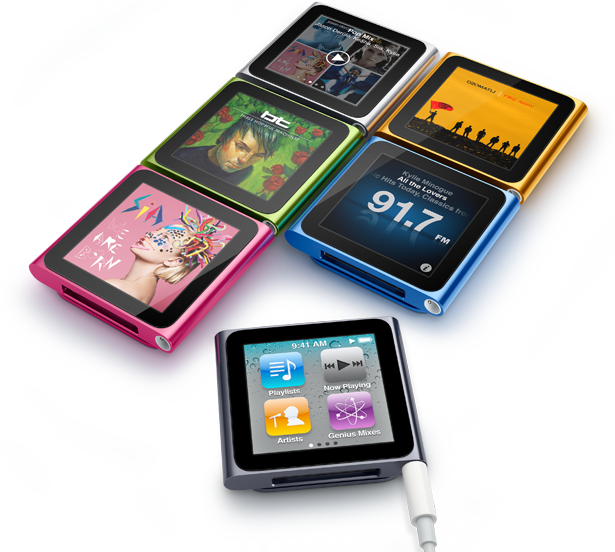


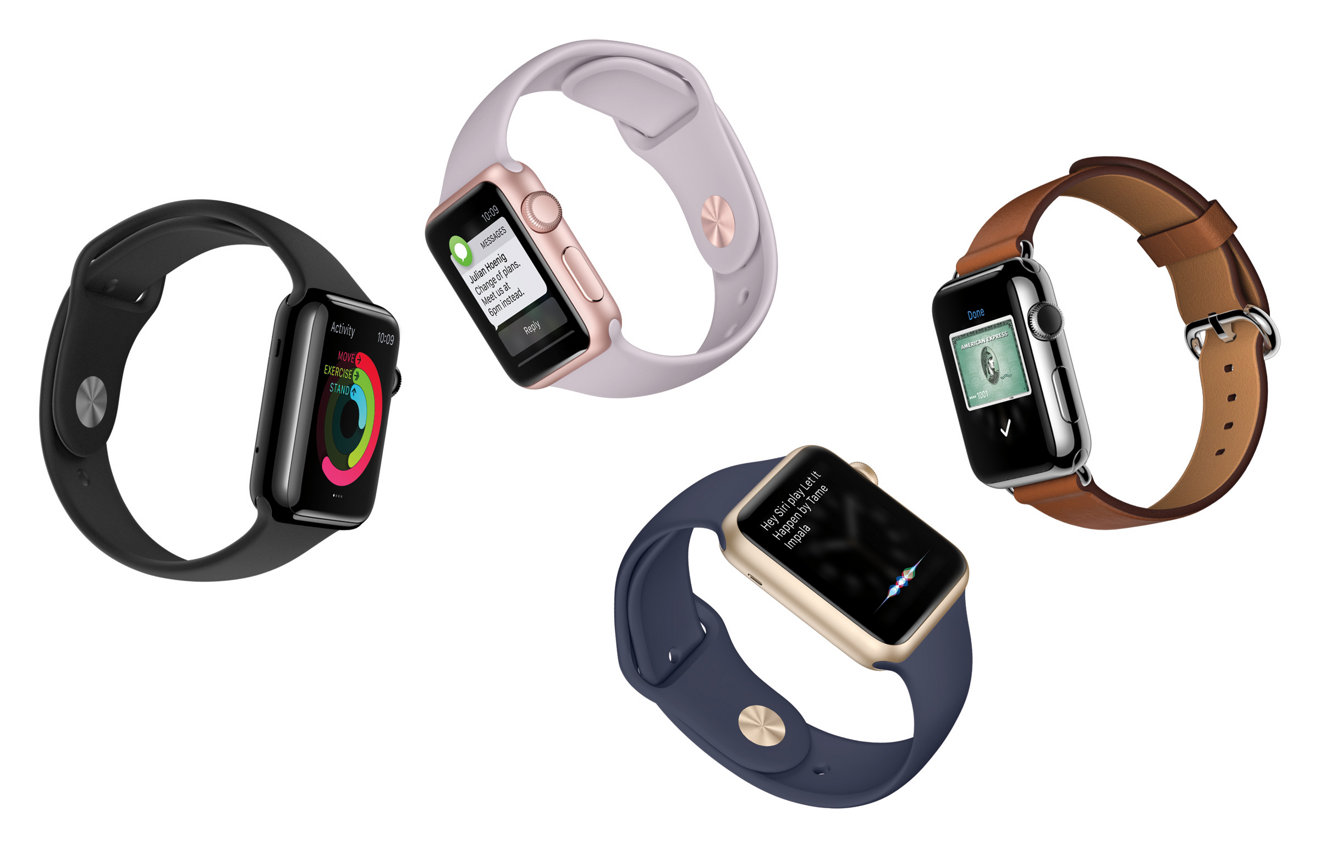



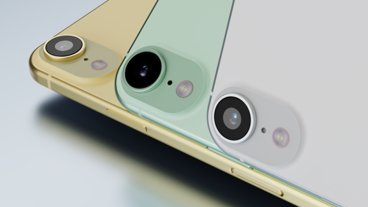



-m.jpg)






 Charles Martin
Charles Martin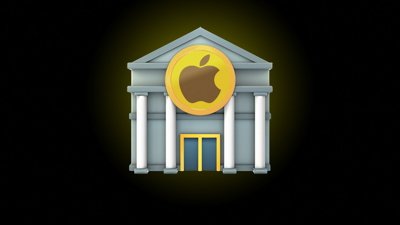
 Wesley Hilliard
Wesley Hilliard
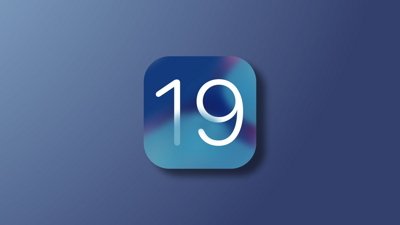

 Oliver Haslam
Oliver Haslam
 Marko Zivkovic
Marko Zivkovic
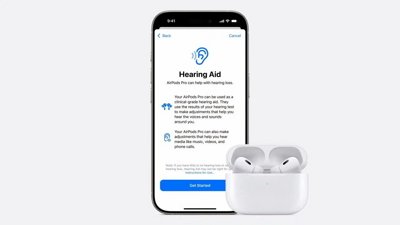
 Amber Neely
Amber Neely








35 Comments
But the Watch doesn't play Crisis, so it's a flop for sure...(sarcasm)...
I enjoy these kinds of tech history articles a lot. From the history of the iPod (which began to be used as a watch), the development of a dedicated Apple Watch was inevitable.
Great article Daniel....! Very well written...
especially your use of the word Obfuscation...
keep it up